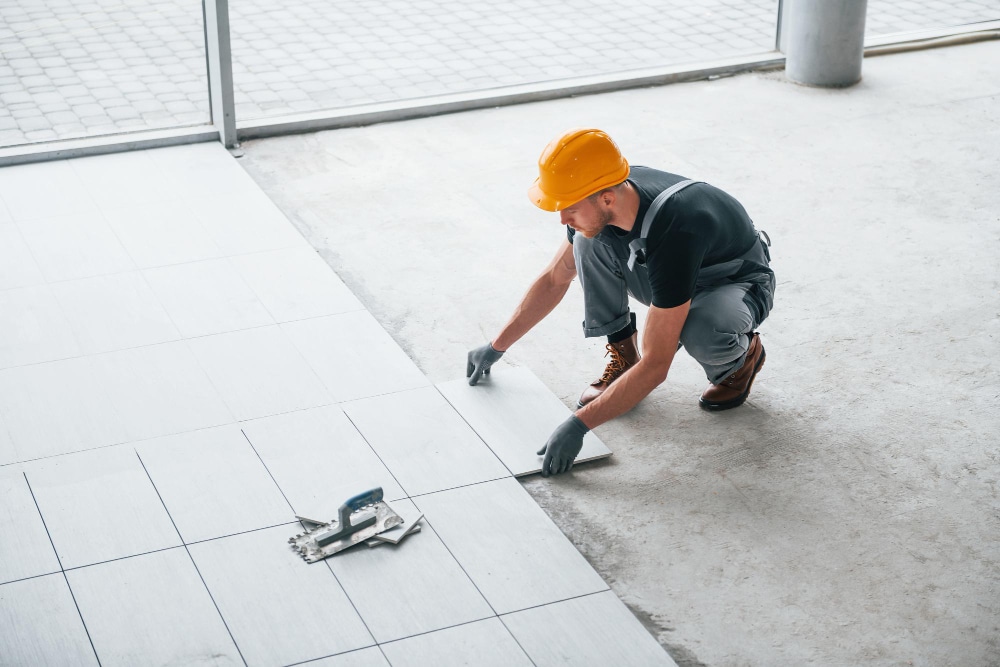The construction industry plays an essential role in the global economy, but it is also responsible for a significant impact on the environment. The good news is that more and more architects, builders and developers are adopting eco-friendly building materials to reduce this impact and move towards a more sustainable future. In this blog, we will explore some of the environmentally friendly building materials that are transforming the industry.

Sustainable Timber: An Eco-Friendly Classic
Wood is a classic and versatile building material that can be highly sustainable when handled properly. Some highlights include:
FSC Certified Wood: FSC (Forest Stewardship Council) certification ensures that wood comes from sustainably managed forests, promoting forest regeneration and avoiding deforestation.
Reused and Recycled Wood: The use of recycled and reused wood in construction reduces the demand for new wood and minimises waste.
Fast-Growing Wood: Some fast-growing tree species, such as bamboo, are an excellent alternative to conventional wood because of their ability to regenerate quickly.
Recycled Building Materials
Reusing recycled building materials is an excellent way to reduce the demand for natural resources. Examples include:
Recycled Concrete: Recycled concrete, from the demolition of buildings or structures, is used in the construction of new buildings, which decreases the need to extract and process virgin materials.

Recycled Steel: Recycled steel has similar properties to virgin steel and is a sustainable choice for metal structures.
Recycled Glass: Recycled glass is used in architectural applications such as curtain walling and cladding, reducing the amount of glass in landfills

Raw Earth Building Blocks
Raw earth building blocks are an eco-friendly option that uses local soil and little energy in their production. These blocks are ideal for sustainable construction, offering natural insulation and a unique appearance.
Environmentally friendly paints and coatings
Paints and coatings often contain toxic chemicals and emit volatile organic compounds (VOCs) that are harmful to indoor air quality. Choosing eco-friendly paints and coatings with low VOC levels contributes to the health and well-being of building occupants as well as the environment.

The adoption of eco-friendly building materials is essential to reduce the environmental impact of construction. Sustainable, recycled and low-impact materials can help conserve natural resources, reduce the carbon footprint of building projects and promote a more sustainable future. By carefully choosing materials in your construction projects, you are contributing to the preservation of the environment and the creation of healthier, more planet-friendly buildings.





